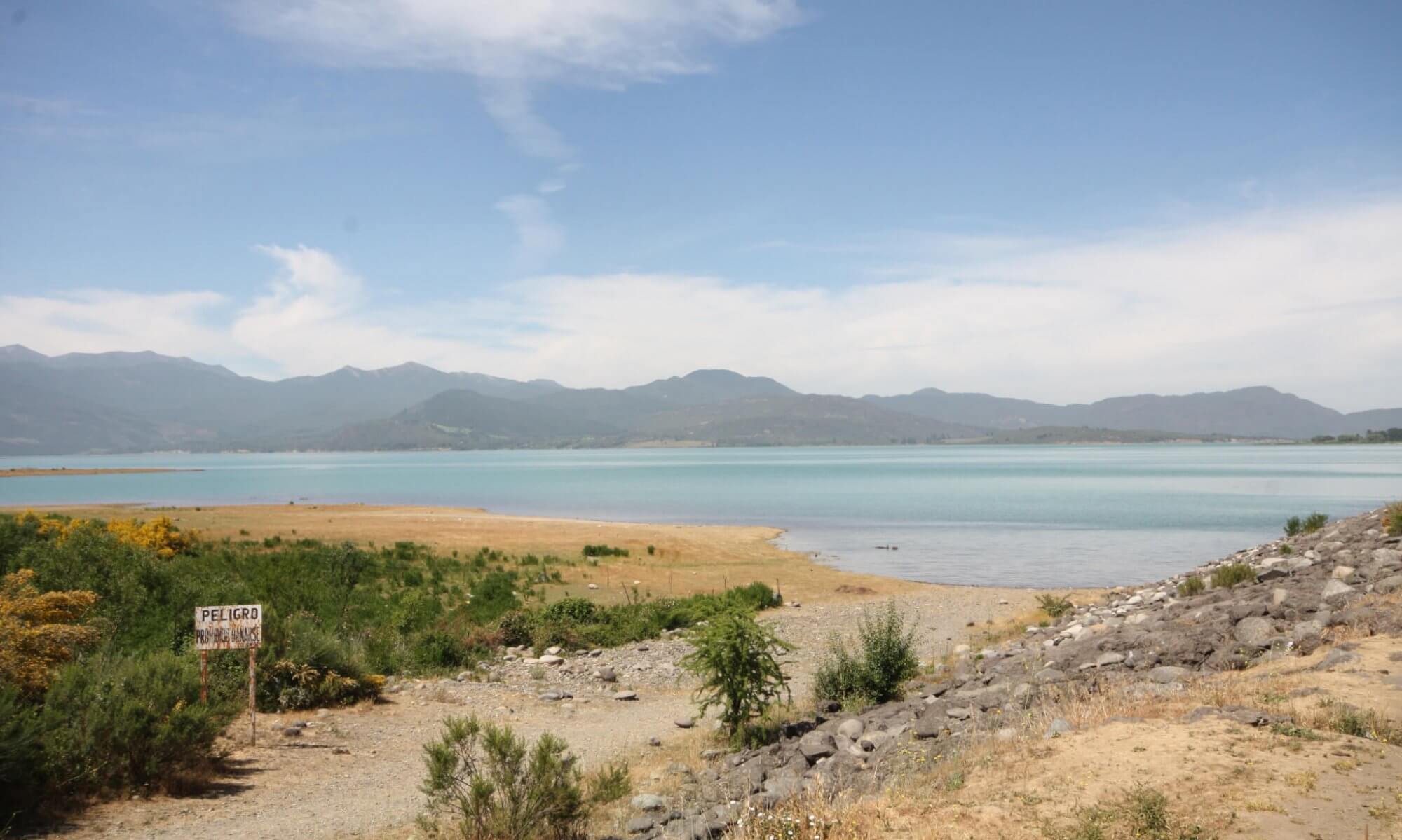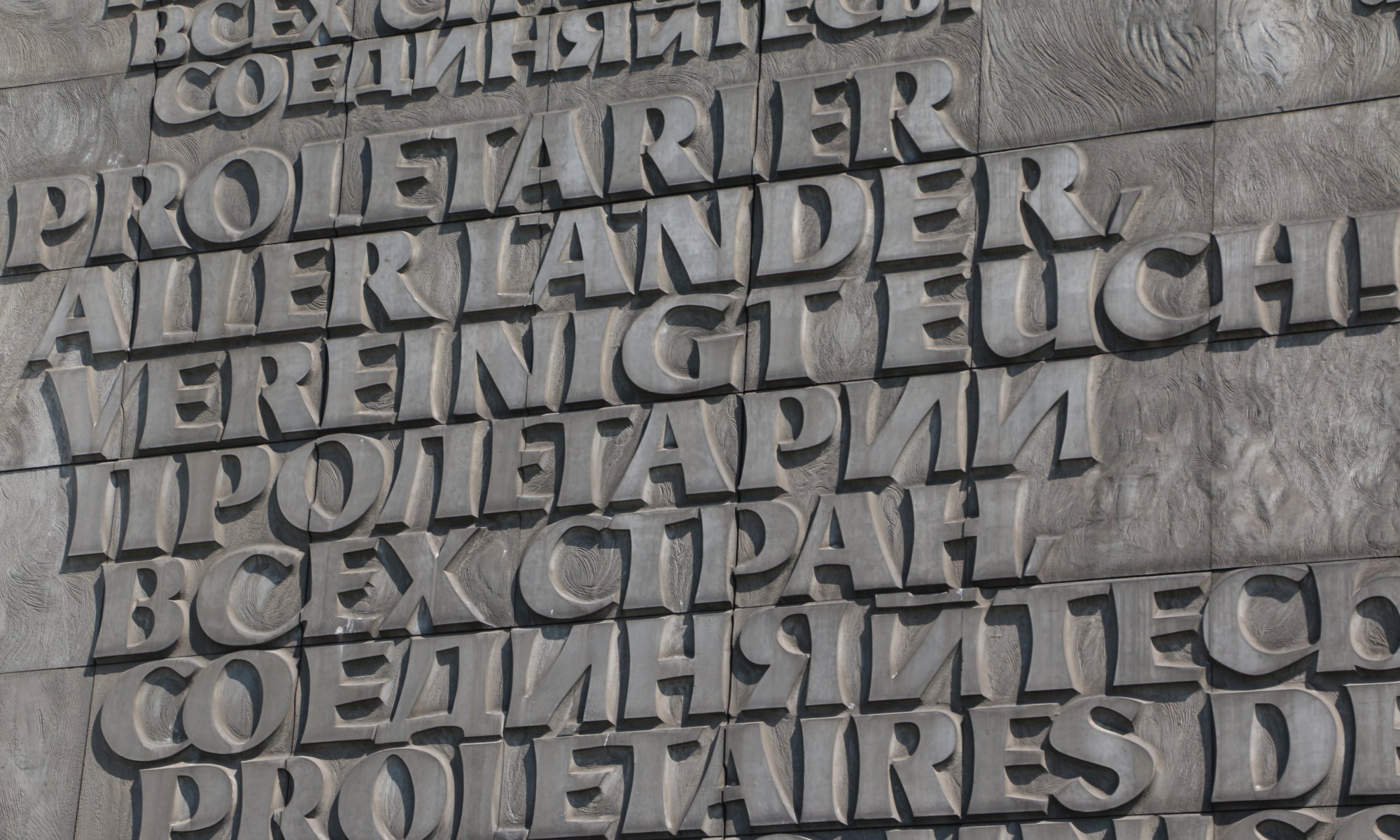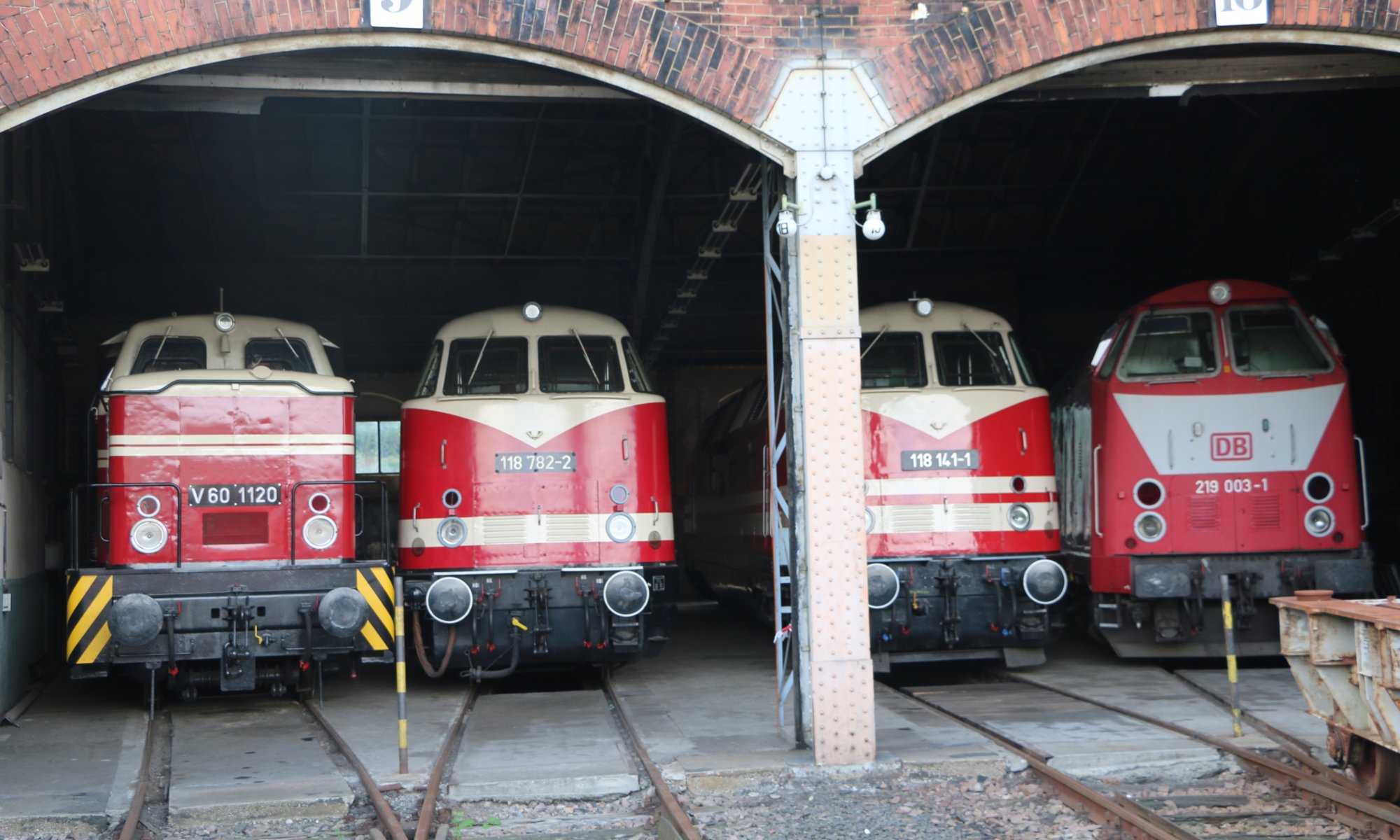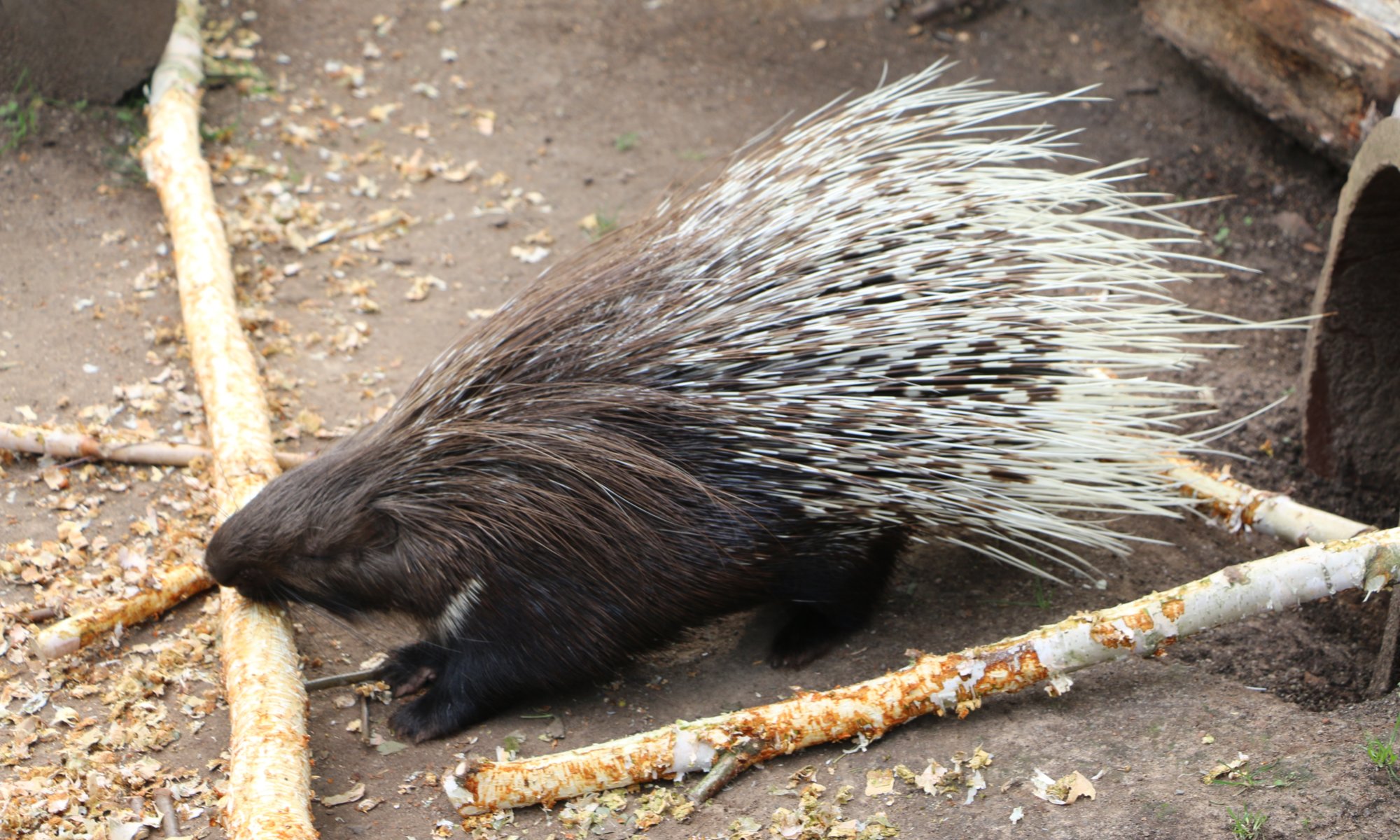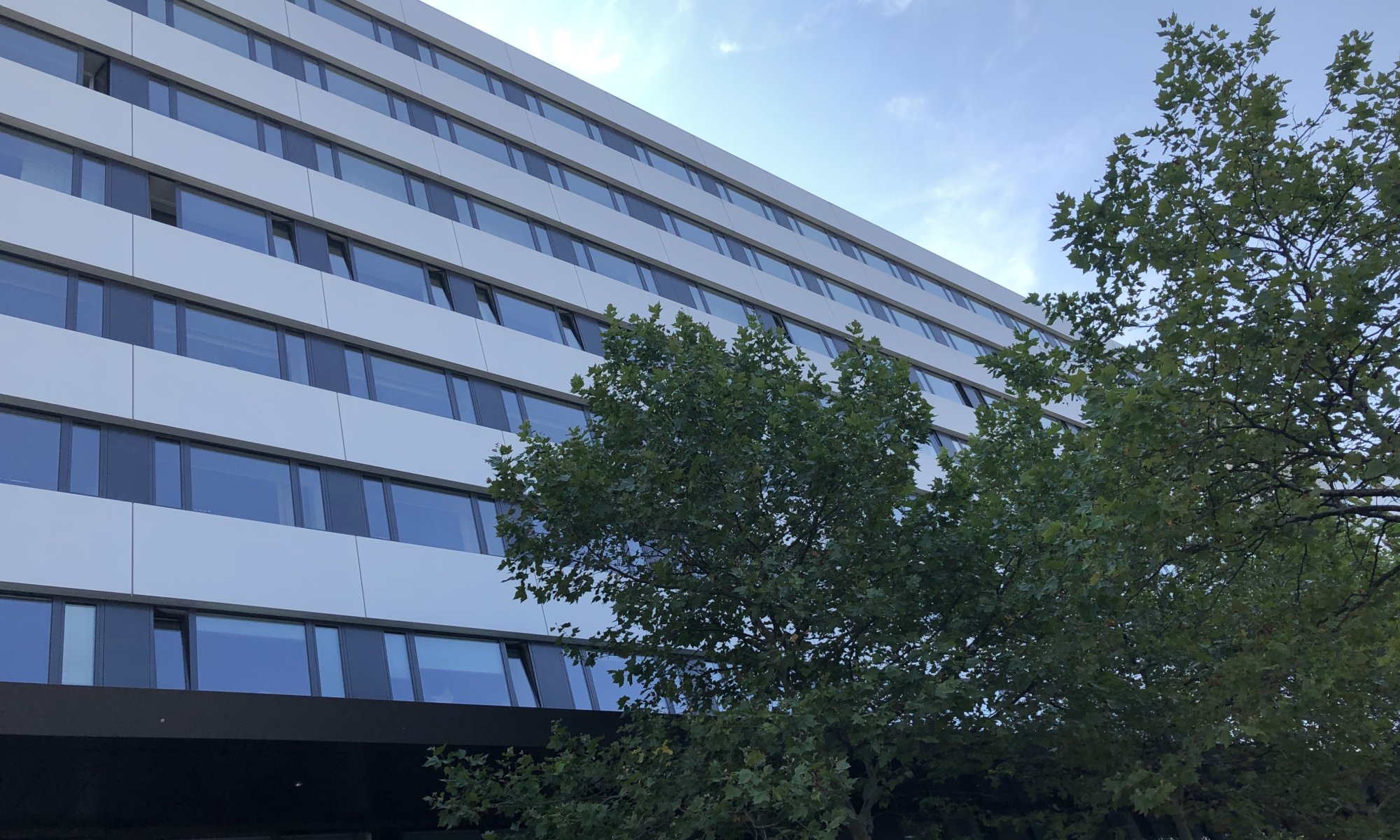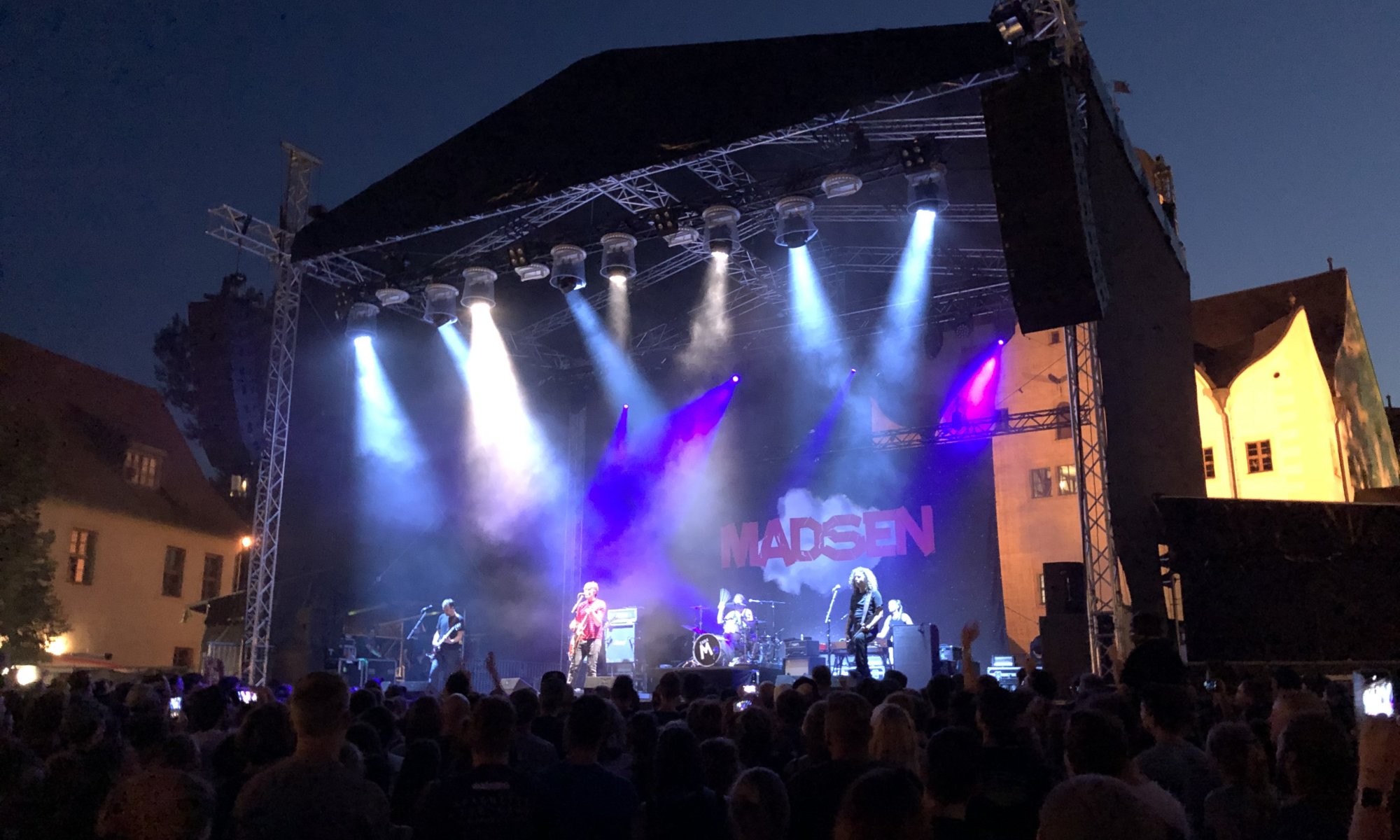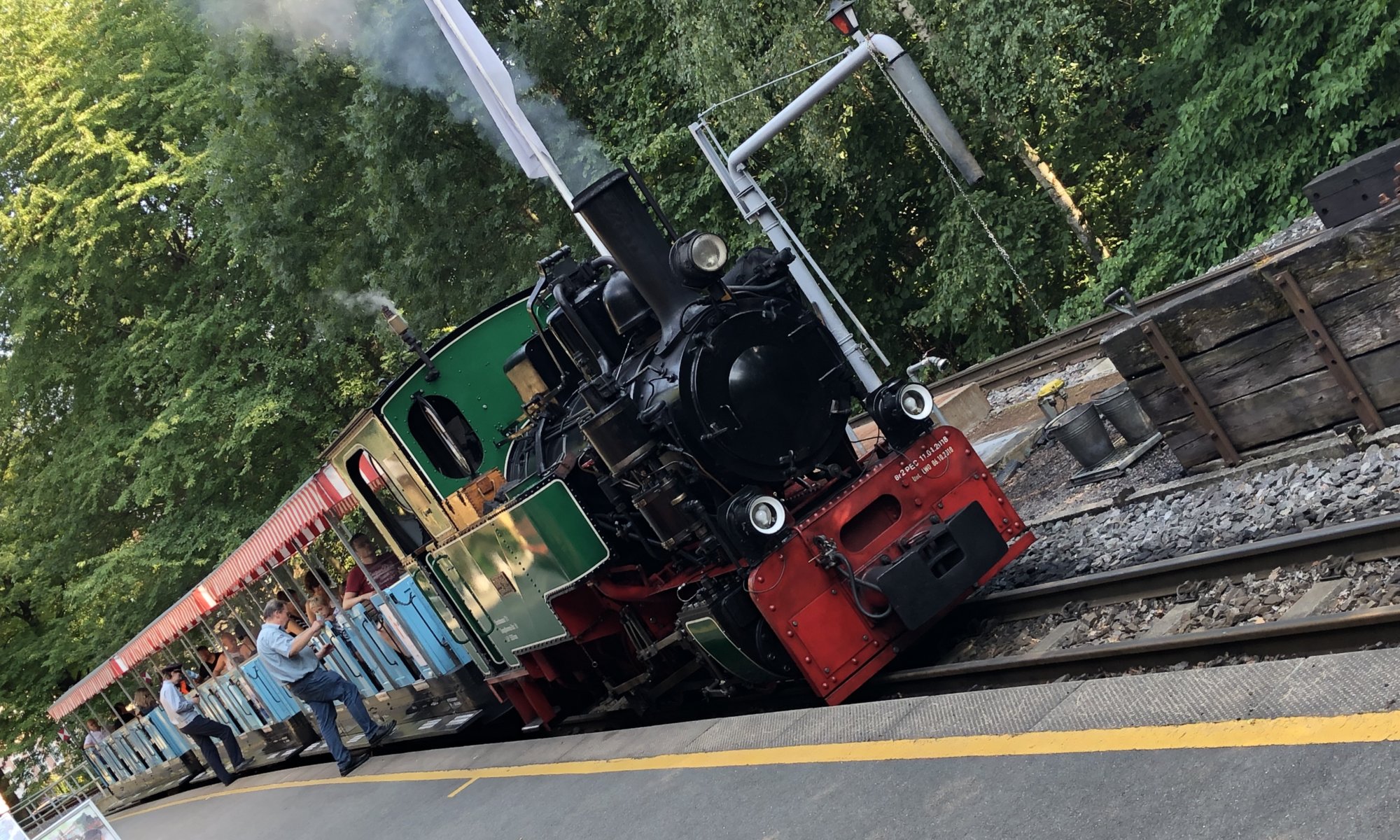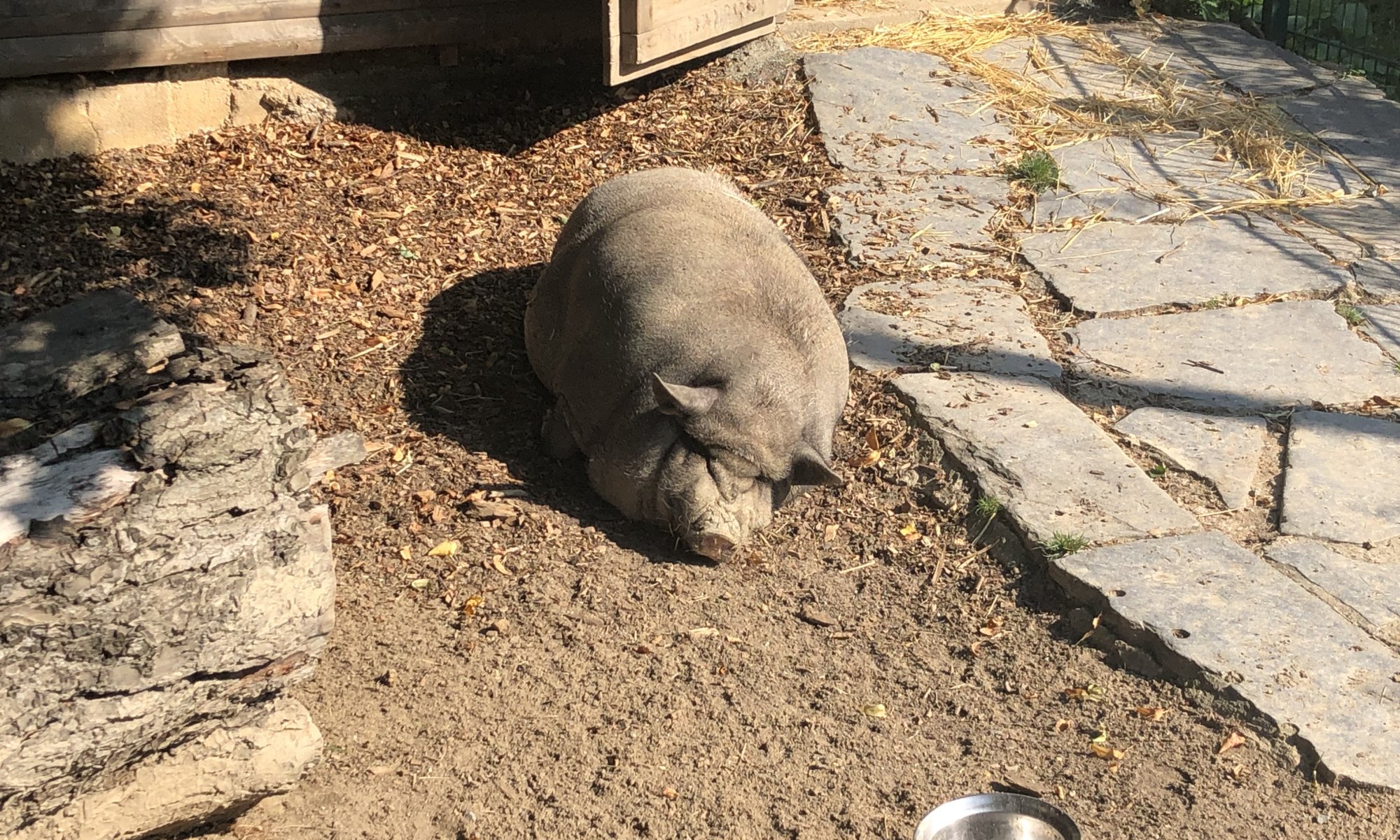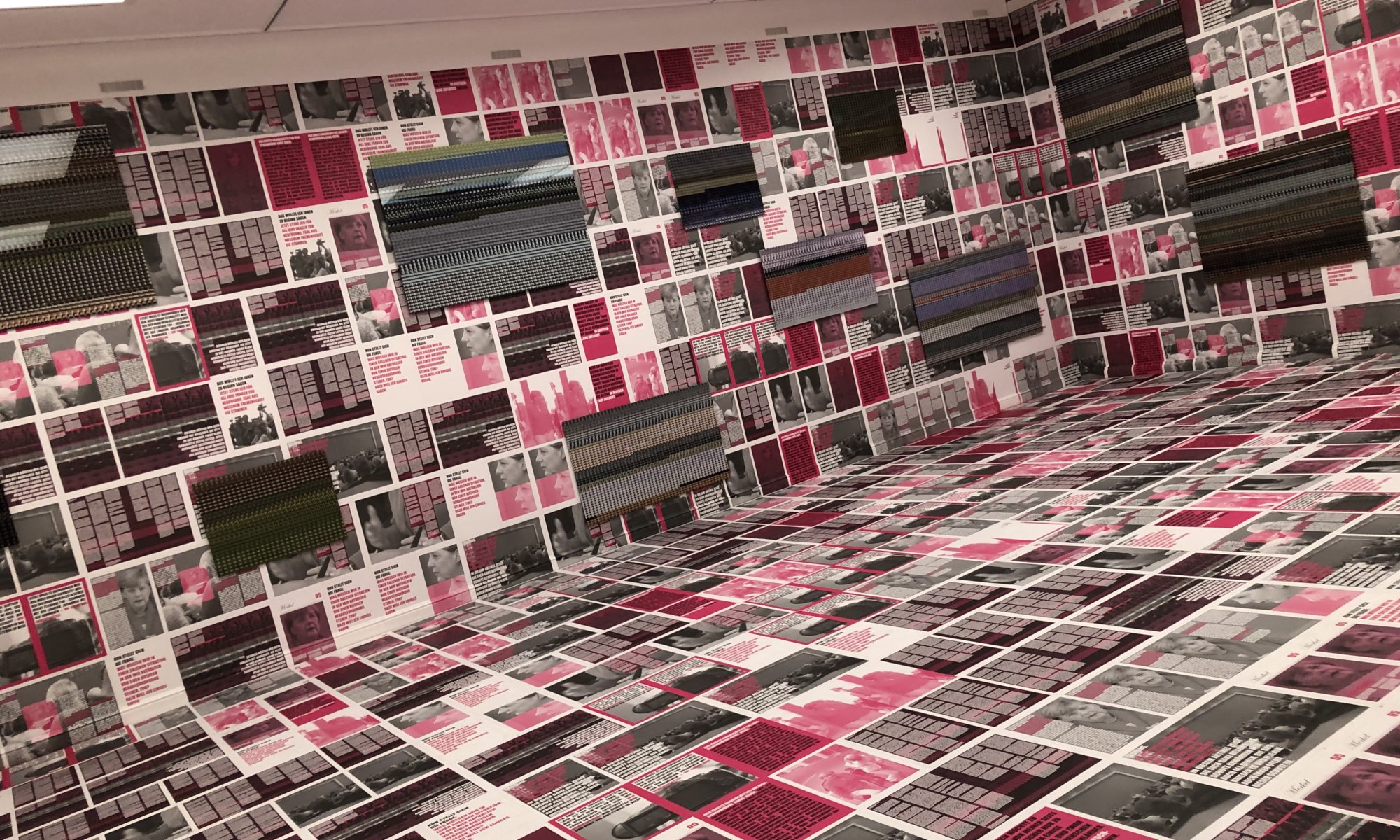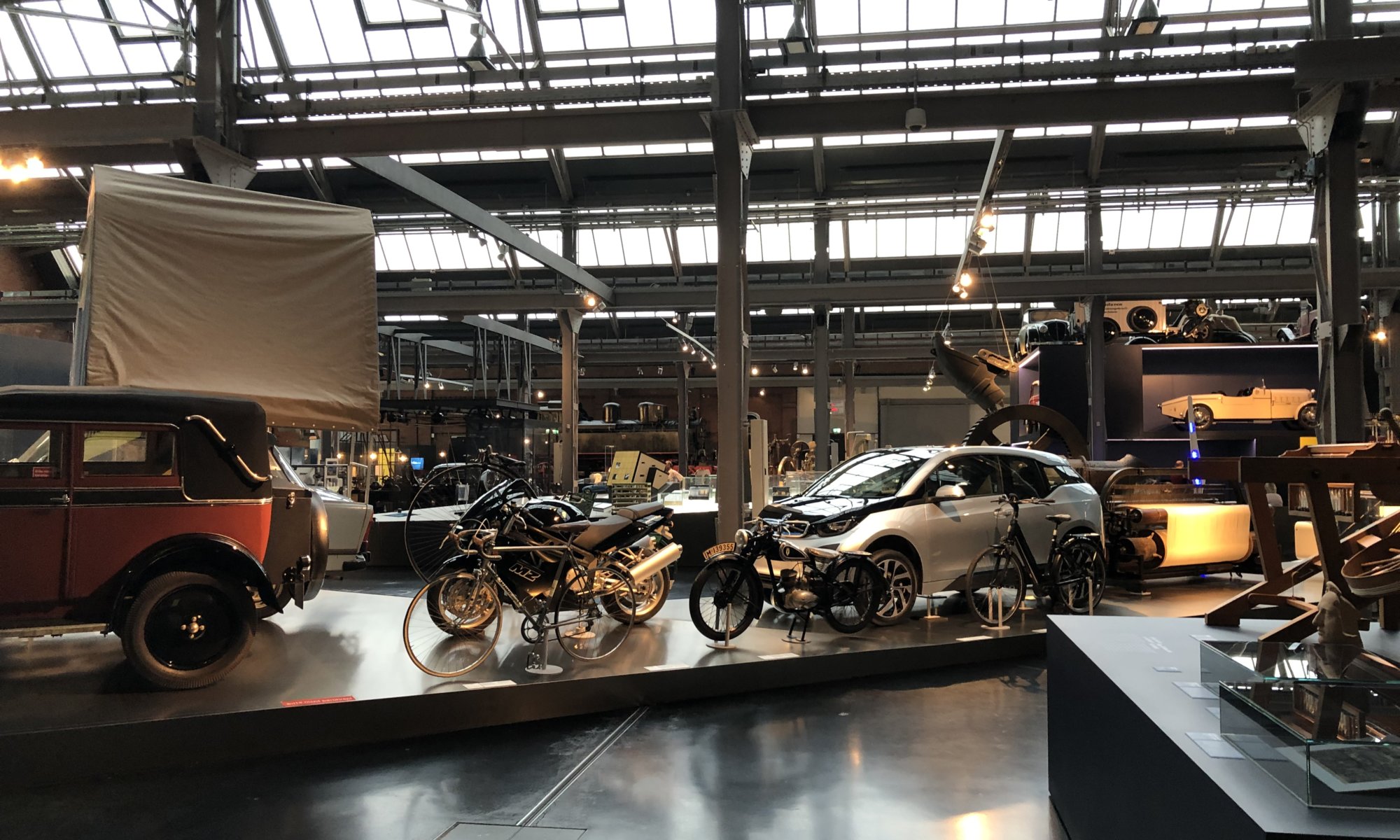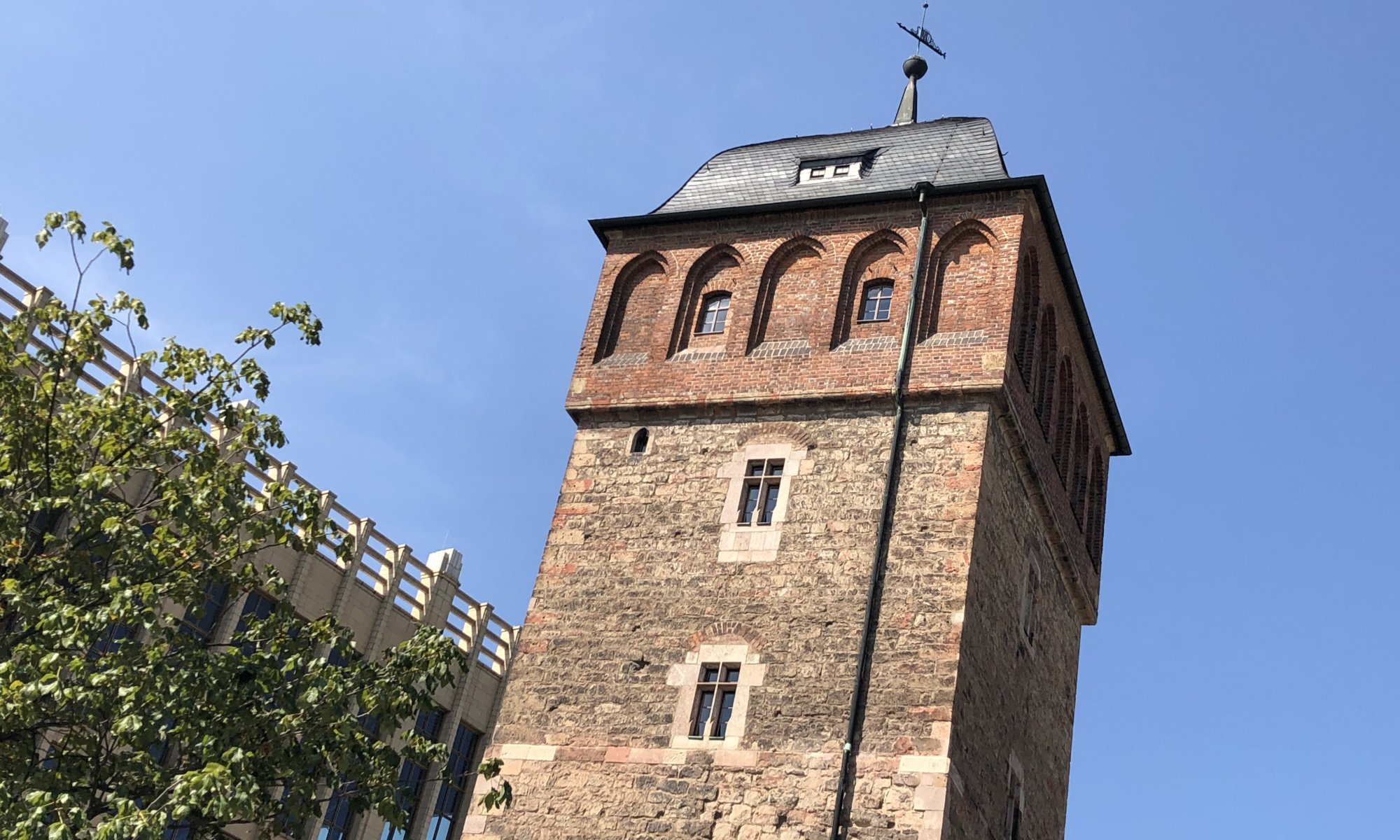If you tell someone in the west of Germany that you intend to spend a weekend at Chemnitz you will create a lot of astonishment. The city is located in the very east of the country, close to the Erzgebirge (ore mountains) and not too far away from the border to the Czech Republic. Its name sounds a bit strange, it is not known to be a beautiful city and in the media you can only find strange stories. The majority of people in Saxonia is rather conservative and there are is also a far too big fraction of people accepting or supporting fascists.
Continue reading “Karl-Marx-Stadt”Depot
The Sächsisches Eisenbahnmuseum (Saxonian railway museum) at Chemnitz, Germany is a hidden gem for railway enthusiasts. It is located at the former Bahnbetriebswerk at Chemnitz-Hilbersdorf – a railway depot where until 1988 the maintenance for steam engine locomotives was carried out. It consists of two roundhouses filled with steam, diesel and electric locomotives, a narrow-gauge field railway and a lot more to discover. You can roam the vast area of the museum freely – which is part of the fun.
Continue reading “Depot”Tierpark
The zoological garden of Chemnitz, Germany isn’t very big – but it is a nice place to be. What I will remember of this zoo are the big tropical house, the high number of different frogs at the Vivarium and the very active porcupine family. I love porcupines. The Tierpark Chemnitz is located in the west of the city and a bit afar from the city center. You can reach it by taking a train from the main railway station to Chemnitz-Siegmar – from there it is an easy ten minutes walk to the zoo.
Continue reading “Tierpark”Hotel Biendo
The perfect place if you want to stay at the city center of Chemnitz, Germany. The hotel Biendo is located in a long-stretched building opposite to the event hall and the Stadthallengarten and it is between the Roter Turm and the Karl-Marx-Monument. When you’ve found the entrance between the shops you can check-in at the lobby and take the elevators – the hotel is situated on the 5th and 6th floor of the building.
Continue reading “Hotel Biendo”Wasserschloß Klaffenbach
Ten kilometers afar of the city center of Chemnitz, Germany you can find a wonderful castle surrounded by water – the Wasserschloß Klaffenbach. It was built between 1555 and 1560 in renaissance style and you can pass the moat on a stone bridge. In addition to the round lake the castle is standing in some V-shaped buildings are attached that today house a restaurant and a hotel. This place is nowadays often used for concerts of various music styles.
Continue reading “Wasserschloß Klaffenbach”Parkeisenbahn
In the Eastern Bloc there was an interesting tradition: narrow-gauge railways were built for the amusement of children. They were operated by the youth organizations of the local communist parties following the procedures and standards of normal railways. In the GDR they were all located within parks and typically had round courses. They were called ‘Pioniereisenbahn‘ – as the mass organisation for children in the GDR was the ‘Pionierorganisation Ernst Thälmann‘ (a copy of the Soviet ‘Komsomol‘). In 1990 the railways were renamed to ‘Parkeisenbahn‘ to remove the political touch.
Continue reading “Parkeisenbahn”Flora and fauna
A good area to relax can be found in the north of Chemnitz, Germany. There you can have a walk in the vast Küchwald park (and ride a narrow-gauge steam-engine train) and you’ll also find a nice botanical garden. It was already created in 1898 and contains numerous middle-European plants, a tropical greenhouse with crop plants, a collection of succulents and much more animals than you would expect at such a place.
Continue reading “Flora and fauna”Kunstsammlungen
The Erzgebirge (ore mountains) made Saxony a rich country. Most of the richness went to Dresden, Germany – but a little bit of it remained nearby at Chemnitz. This includes some fantastic ancient buildings but also some collections of art. The Kunstsammlungen Chemnitz (art collections) can be found in the main building at the Theaterplatz in the center of the city. Additionally three other museums belong to it: the museum for modern art (Museum Gunzenhauser), the Schloßbergmuseum and the Henry van de Velde museum.
Continue reading “Kunstsammlungen”Industriemuseum
The city of Chemnitz, Germany has a long industrial history: In the 18th century the production of textiles became important and due to the usage of hydropower the spinning works became efficient. During the 19th century machine construction was in focus (including steam engines and steam railway engines). Chemnitz was one of the most important industrial cities in Germany by that time and sometimes named the ‘Manchester of Saxony‘. And the 20th century was the time of car manufacturing – included all the neighboring industries ja need to build a complex car.
Continue reading “Industriemuseum”Roter Turm
You wouldn’t guess it while visiting Chemnitz, Germany, but the Roter Turm (red tower) is considered the town’s landmark. It is a tower standing close to the city center which was built as a bergfried in the 12th century. Later it was included into the city fortifications and used as a prison. August Bebel (one of the founders of the Social Democratic Party in Germany) was one of the well-known ‘guests’ there, but that’s not the reason for the name: the material used to build it (tuff) has a red colour by nature. The fame of this building roots in the fact that it is older than Chemnitz and older than the city of Dresden.
Continue reading “Roter Turm”